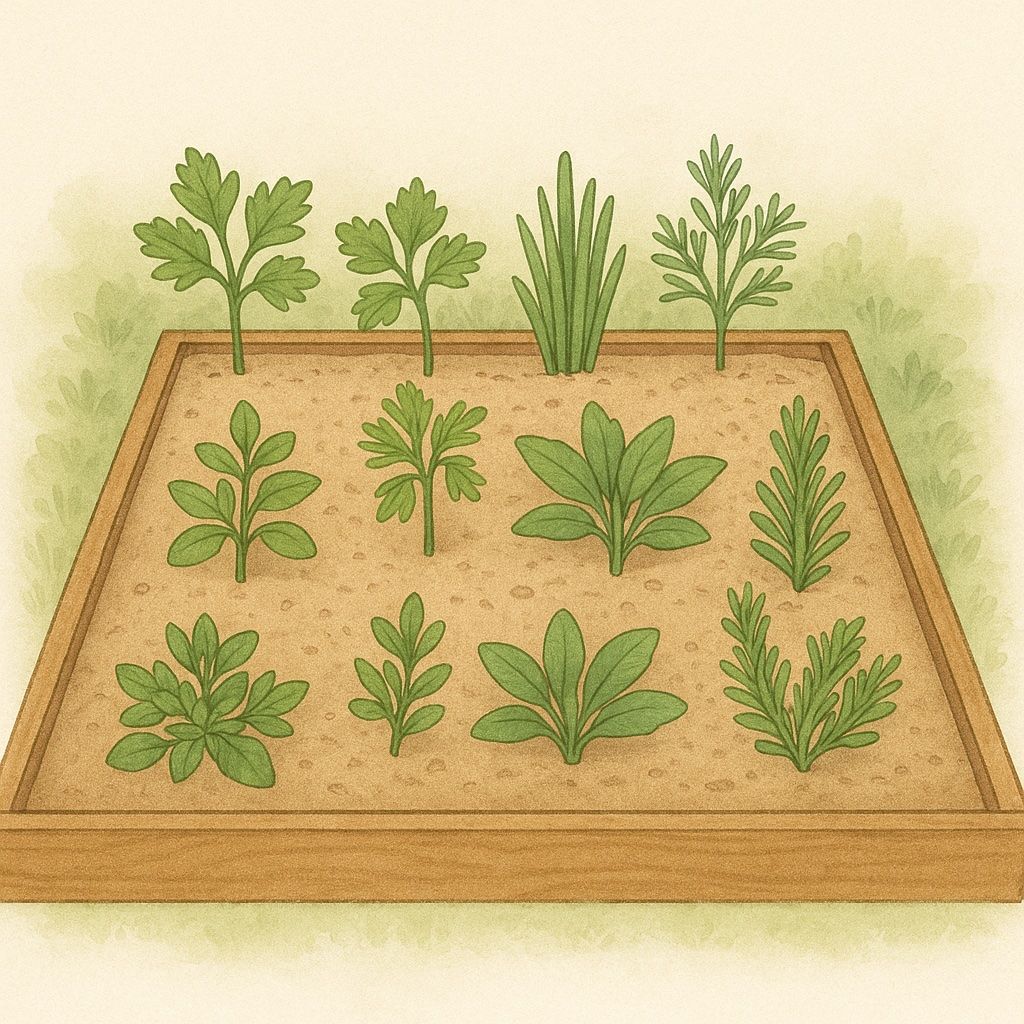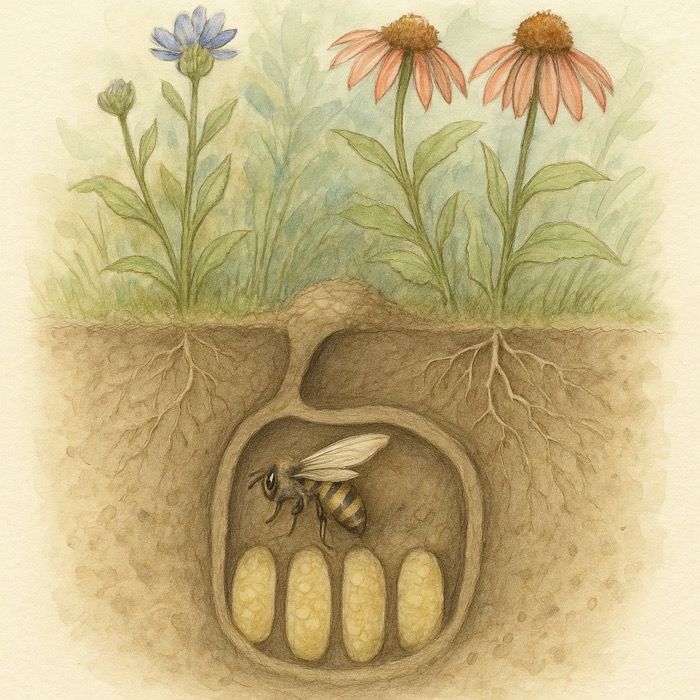Regenerative Agriculture: A Guide to Restoring the Earth and Enhancing Yields
Regenerative agriculture is a revolutionary approach to farming that focuses on improving soil health, enhancing biodiversity, and restoring ecosystem functions. It goes beyond sustainability by actively regenerating the land, making it more productive and resilient over time. In this post, we’ll dive deep into the principles, benefits, and practices of regenerative farming to understand why it’s becoming the future of agriculture.
What is Regenerative Agriculture?
Regenerative agriculture is a farming method that aims to restore and enhance the natural resources used in farming, primarily soil. Unlike conventional farming practices that often deplete soil health and rely heavily on chemical inputs, regenerative agriculture focuses on rebuilding soil organic matter, improving biodiversity, and increasing ecosystem resilience. The ultimate goal is to create a self-sustaining agricultural system that benefits both the environment and the farmer.
Key Principles of Regenerative Agriculture
The foundation of regenerative agriculture lies in several core principles that guide its practices:
- Soil Health Improvement Healthy soil is the cornerstone of regenerative agriculture. Practices like cover cropping, composting, and reduced tillage are used to increase soil organic matter, enhance microbial activity, and improve soil structure. These practices help in retaining moisture, preventing erosion, and promoting healthier plant growth.
- Diverse Crop Rotations and Polycultures Growing a variety of crops in rotation or as mixed plantings disrupts pest cycles, enhances soil fertility, and supports biodiversity. This diversity reduces the need for chemical inputs and promotes a healthier ecosystem.
- Minimal Soil Disturbance Regenerative agriculture minimizes soil disturbance through no-till or reduced-till farming methods. This helps maintain soil structure, reduce erosion, and preserve the soil’s natural microbial communities, which are essential for nutrient cycling.
- Cover Cropping Cover crops, such as legumes or grasses, are planted between cash crops to protect the soil. They help reduce erosion, suppress weeds, add organic matter, and fix nitrogen in the soil, which is beneficial for the next crop cycle.
- Integrated Livestock Management Incorporating livestock into the farming system through practices like rotational grazing can improve soil fertility, reduce weed pressure, and enhance soil health. Livestock waste naturally fertilizes the soil, and their movement helps aerate it.
- Agroforestry and Perennial Crops Including trees, shrubs, and perennial plants in the farming system supports biodiversity, stabilizes the soil, and increases carbon sequestration. These systems mimic natural ecosystems and create a more resilient agricultural landscape.
The Benefits of Regenerative Agriculture
The benefits of regenerative agriculture extend beyond just the farm; they impact the environment, communities, and even the global climate.
- Enhanced Soil Fertility and Health By building up soil organic matter and promoting diverse microbial life, regenerative practices improve soil structure and nutrient availability. This leads to healthier, more productive plants and reduces the need for synthetic fertilizers.
- Carbon Sequestration Healthy soils and diverse plant systems capture and store atmospheric carbon. Regenerative agriculture plays a significant role in mitigating climate change by sequestering more carbon in the soil and vegetation than is emitted.
- Increased Biodiversity Diverse crops and integrated livestock systems support a wide range of plant, insect, and animal species. This biodiversity creates a more resilient ecosystem that can better withstand pests, diseases, and extreme weather.
- Improved Water Management Healthy soils have a greater capacity to absorb and retain water, reducing runoff and erosion. This not only helps in drought-proofing the farm but also replenishes groundwater supplies, contributing to better watershed health.
- Economic Resilience Regenerative practices can reduce input costs, improve yields, and create additional income streams through diversified farming. This makes farms more economically sustainable in the long run.
Regenerative Agriculture Practices You Can Implement
Interested in trying regenerative agriculture on your farm or garden? Here are some practices to get you started:
- Start with Cover Crops Plant cover crops like clover, rye, or vetch to protect and build your soil during the off-season. These crops can help improve soil structure, add nutrients, and prevent erosion.
- Reduce Tillage Minimize soil disturbance by reducing or eliminating tillage. This helps maintain soil structure and microbial communities, which are crucial for soil health.
- Rotate Crops Practice crop rotation to break pest and disease cycles and improve soil fertility. Incorporate legumes into your rotation to naturally fix nitrogen in the soil.
- Integrate Livestock If possible, incorporate livestock into your farming system. Rotational grazing can improve soil health and provide natural fertilizer for your crops.
- Incorporate Perennials Plant perennial crops or establish agroforestry systems to stabilize the soil and increase biodiversity. Trees and shrubs can also serve as windbreaks and provide habitat for beneficial wildlife.
Final Thoughts
Regenerative agriculture is more than just a trend—it’s a transformative approach to farming that can help us build a more sustainable and resilient food system. By focusing on soil health, biodiversity, and ecosystem restoration, regenerative practices offer a path to sustainable agriculture that benefits everyone, from farmers to consumers and the environment.
Whether you’re a small-scale gardener or a commercial farmer, incorporating regenerative practices can improve your land and yield, while contributing to a healthier planet. Embrace regenerative agriculture today, and be part of the solution for a more sustainable future!














